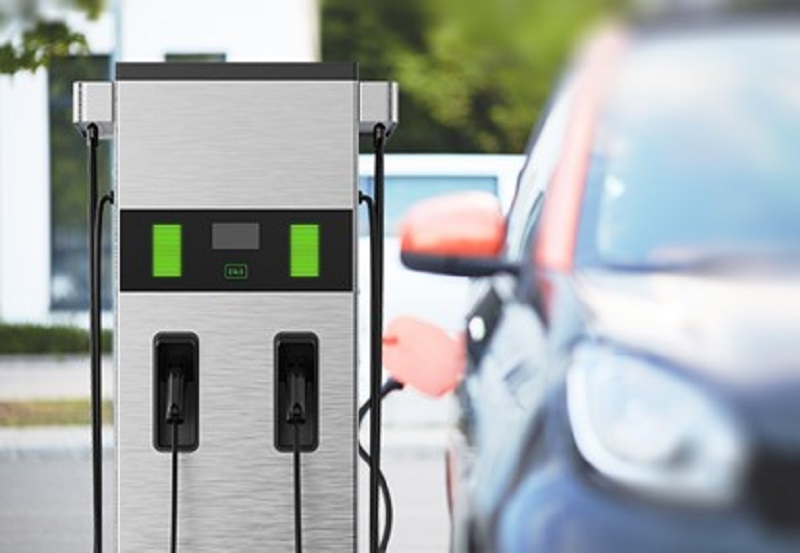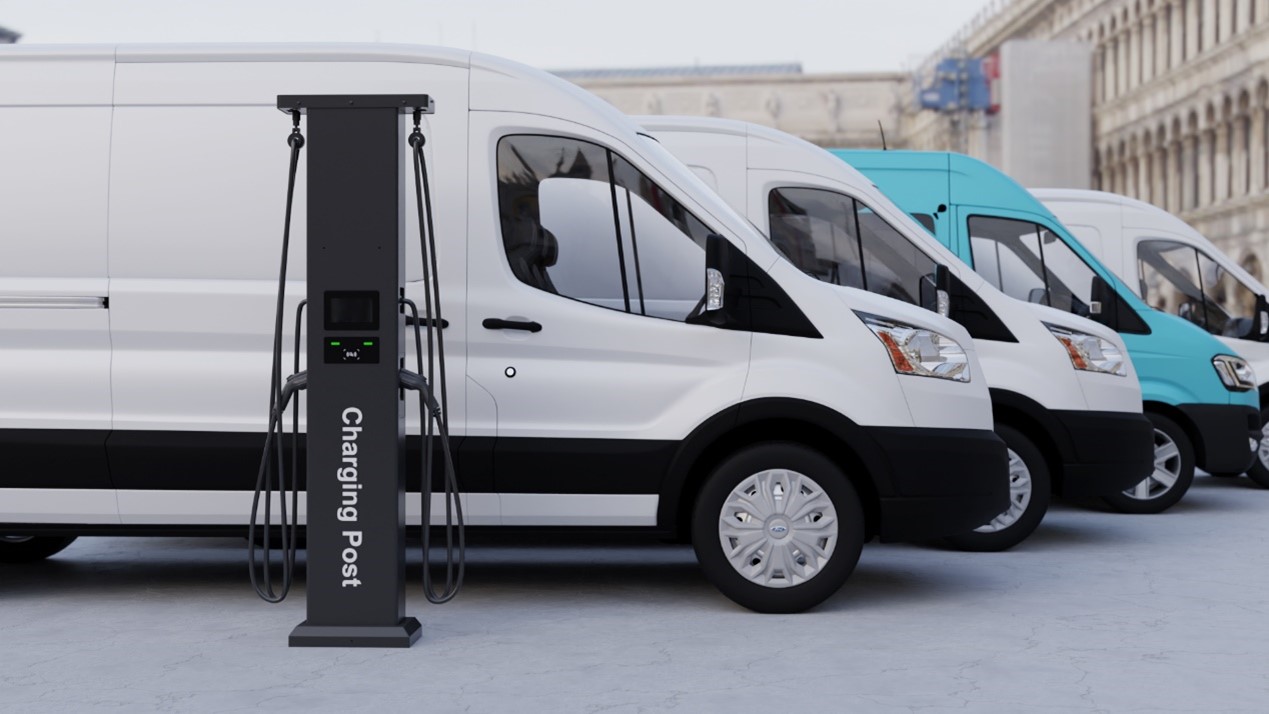
In the United States, where approximately 480,000 school buses transport over 20 million students daily, these vehicles play a crucial role in ensuring the safety of millions of students. However, despite their safety measures, school buses powered by traditional fuels pose health risks to students.
Harmful Effects of Diesel School Buses:
School buses in the U.S. predominantly use diesel as their fuel source. According to data from the Agency for Toxic Substances and Disease Registry (ATSDR), with nitrogen oxides present in diesel exhaust known to cause headaches and nausea, cancer, premature death, exacerbation of respiratory diseases like asthma. While over time improvements have been made in reducing harmful particles emitted by school buses using this fuel source; their nitrogen oxide emissions still pose a substantial health threat; over 90% relying on it daily; with over two million children exposed daily.
Environmental scientist John Wargo conducted a 2002 study involving 12 students traveling on diesel school buses, who were equipped with air quality monitors for this research. Their air quality results demonstrated that they were exposed to 5 to 15 times more particulate matter compared to those using other forms of transportation.
"No Breathing in the Aisles" conducted an investigation of diesel exhaust levels exposed to children during school commutes. Surprisingly, it found that children riding diesel school buses - even those not emitting visible smoke - may encounter up to four times as much dangerous exhaust compared to federally acceptable cancer risk levels; which puts 23 to 46 of every one million children at risk from inhaling toxic diesel fumes during their commute.
Even with all the health concerns associated with diesel emissions from school buses, they remain essential in connecting schools and homes in both rural and urban communities. Therefore, striking an effective balance between health and safety must be maintained.
Low Carbon Emissions of Electric School Buses:
As technology advances, electric vehicles have become a hot topic of research. Electric school buses, in particular, offer a solution to the environmental issues posed by diesel buses. In 2021, traditional gasoline cars emitted approximately 176 grams of carbon dioxide per kilometer, while pure electric vehicles emitted only about 70 grams of carbon dioxide per kilometer.
The pollutants emitted by electric vehicles correspond to high-altitude and long-distance emissions from power plants, which have a relatively minor impact on human health. In contrast, pollutants from gasoline vehicles are directly at breathing height, making them more likely to be inhaled by people. The exposure efficiency of pollutants such as NOx and PM10 from diesel school buses is over 10 times higher than that of pollutants from power plants.
Transitioning from diesel buses to electric buses significantly reduces the harm caused by emissions to students' health. To address the negative health associations between diesel emissions and children's health, the U.S. Environmental Protection Agency (EPA) initiated the Diesel Emissions Reduction Act (DERA) in 2013. This program supports the adoption of cleaner technologies, including diesel emission controls and propane, to reduce toxic emissions from all diesel vehicles.
In 2021, the Environmental Protection Agency (EPA) launched the Clean School Bus (CSB) Rebate Program to assist regions in transitioning to clean and zero-emission (ZE) electric school buses. The initiative allows school districts and third-party bus companies to apply for refunds to replace old diesel buses with new electric ones. Simultaneously, the Canadian Partnership for Children's Health and Environment advocates for replacing diesel buses with electric ones.

Lower Maintenance Costs of Electric School Buses:
Transforming diesel school buses into electric ones not only benefits the environment but also significantly lowers charging and maintenance costs compared to refueling and maintaining diesel buses. The use of clean school buses can save thousands of dollars annually.
What type of electric car charger does an electric school bus need
Joint, as a renowned electric vehicle charger manufacturer, can provide you with the most suitable electric vehicle charging solutions. The Level 2 EV charger is often used as a commercial EV charger, it is suitable for overnight charging or during extended periods of inactivity, making them ideal for stations or bus parking lots where buses are stationary for long durations.
level3 EV chargers, also known as DC fast chargers, are designed for rapid daytime charging, offering higher power output and faster charging times compared to Level 2 chargers, enabling school buses to recharge quickly during breaks.
For instance, the Joint EVCP5 commercial EV charger features two charging guns that optimize charging loads, manage energy consumption, and prevent grid overload during peak hours. This makes it highly suitable for fleet operators, enabling centralized management and control to ensure the efficient use of charging infrastructure.
conclusion
As school bus fleets may expand over time, so having scalable charging infrastructure is crucial. School bus fleet operators and electric vehicle charger companies work together to develop electric school bus charging solutions. By deploying secondary chargers for night charging and DC fast chargers for daytime rapid charging, along with networked and scalable infrastructure, school bus fleets can establish an efficient and future-oriented charging ecosystem.
Post time: Dec-06-2023
